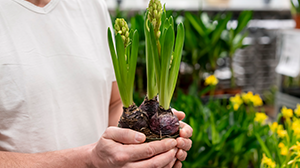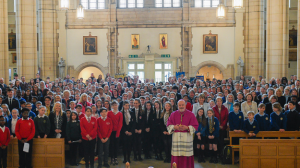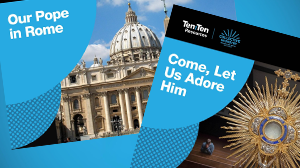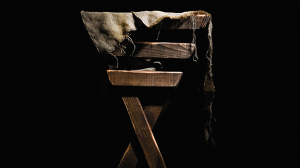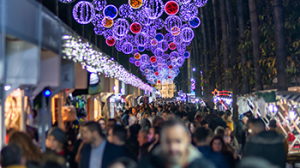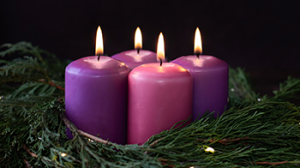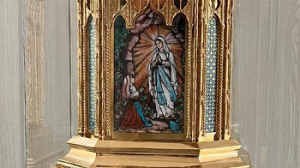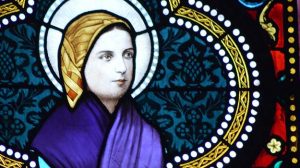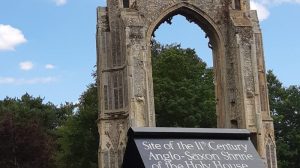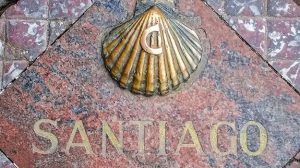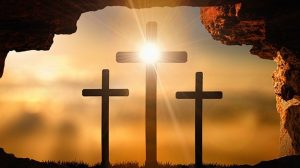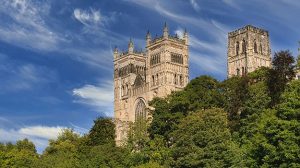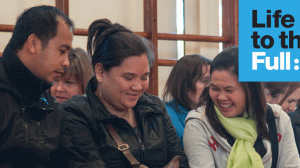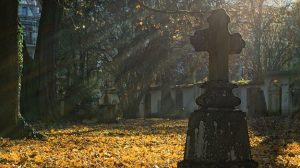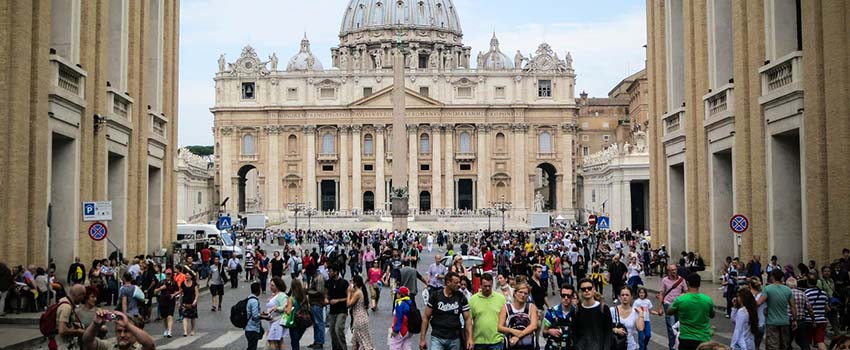
There are so many reasons that pilgrims choose to visit Rome. To embark on a group or solo pilgrimage or retreat; to attend a canonisation (someone being recognised as a saint); to see the Pope or be present at a papal election; or even to travel as a newly married couple to receive a Spousi Novelli blessing from the Pope, attired in their wedding finery. Then there’s art and architecture tours of the Vatican and countless churches; the history of ancient Rome and its tumultuous relationship with the early Church – and with that there’s the simple joy of standing in certain locations and feeling connected to the faithful people of the past and learning about the joys and sorrows, trials and tribulations of their Christian journey.
The fullness of life in Christ experienced by the early Christians in Rome was inextricably bound with the immediate risk of death. Following Christ was unlawful in the time of the emperor Nero and being fed to the lions at the Colosseum was an occupational hazard. The bodies of the faithful were buried in the catacombs and many Christians would meet there in secret to attend Mass. Still today in the Church in Rome, life flourishes where the dead lie buried.
Where to begin?
With a church round every corner and a myriad of historic sites, what highlights might a pilgrimage itinerary include? A good place to begin is the four papal (major) basilicas. St Peter’s Basilica, which stands in St Peter’s Square; St Paul Outside the Walls; St Mary Major and St John Lateran.
St Peter’s Basilica
St Peter’s, with its famous dome, was the world’s largest church until 1989. It is understood that after the death of Jesus, St Peter lived in Rome and was martyred by crucifixion, but upside down. Tradition has it that he was buried at Vatican Hill, the site of St Peter’s Basilica, where many other Popes were subsequently buried. Pilgrims often combine this with a visit to the Vatican Museum which includes the Sistine Chapel. This is where the election of a new Pope takes place; the life of the Church continuing from one Pope to the next.
St Paul Outside the Walls
St Peter and St Paul share a feast day on 29th June – which is why our Ten Ten Year of Pilgrimage has chosen to ‘take’ children to Rome in June! The basilica of St Paul Outside the Walls, is the final resting place of the Apostle Paul who travelled to Rome for his trial to be heard by the Emperor (Acts 28:11 – 31). A tomb at the base of the main altar was examined in 2009 and found to contain fragments of bone. These were independently carbon-dated and found to be from the first or second century. Given their location in the church, it is believed that these were St. Paul’s relics. More about the weird and wonderful Catholic tradition around relics to come later in year as we prepare to welcome the relics of St Bernadette to the UK in Autumn 2022.
In the basilica, Mass is celebrated 6 times a day and the Sacrament of Reconciliation is available morning and evening every weekday. The same faith that fuelled St Paul’s mission is very much alive today.
An artistic representation of the mission of the Church being passed from one generation to the next can be seen by pilgrims who visit St Paul Outside the Walls, who will find 266 Papal portraits around the walls inside the basilica bearing witness to the deposit of faith passed on from one Pope to Pope the next!
St Mary Major
Have you ever had a moment of being grateful that you have access to reading the Bible in English? Well, one of the notable Christians buried in St Mary Major, St Jerome, had a hand in enabling this to be the case! St Jerome translated the Bible into Latin – which later was translated into English. He is famed for saying, “Ignorance of Scripture is ignorance of Christ!”
Someone who was certainly not ignorant of Scripture or Christ was Pope Liberius, to whom it was revealed by the Virgin Mary in a dream where the basilica should be built. Mary promised that snow would fall to mark the location where the foundations should be laid. The following day (5th August 352) the miraculous summer snowfall took place. As a commemoration of this miracle, modern day pilgrims who attend Mass at the Basilica of St Mary Major on 5th August each year are treated to a display of petals descending from the ceiling of the church!’
The Basilica of St John Lateran
The oldest of the four papal basilicas, St John Lateran has played an important role in the history of the Church. All Popes were enthroned in this church until 1870. Today, it is the basilica where the Pope traditionally celebrates Holy Thursday Mass. Inside the basilica are enormous statues of the apostles. Each one is depicted with something that acknowledges the way they lived or the way they died, Many were martyred, sometimes gruesomely.
Life, Death and the Hope of Resurrection
A pilgrimage to Rome is not simply about the here and now, or only about the history. It is about life, death and the hope of Resurrection. Encountering the saints through their relics and graves reaffirms the pilgrim’s place in an invisible, spiritual reality. The Church’s understanding of the Communion of Saints and the reality of heaven means we have powerful friends who stand in the presence of God. When we ask for their intercession, they pray for us. We join with them in worship when we attend Mass. They cheer us on as we continue our pilgrimage to Heaven.
So as primary children around the country follow in the footsteps of St Peter and Paul on their own pilgrimage to Rome this June, we pray: all holy saints of Rome, pray for us!


